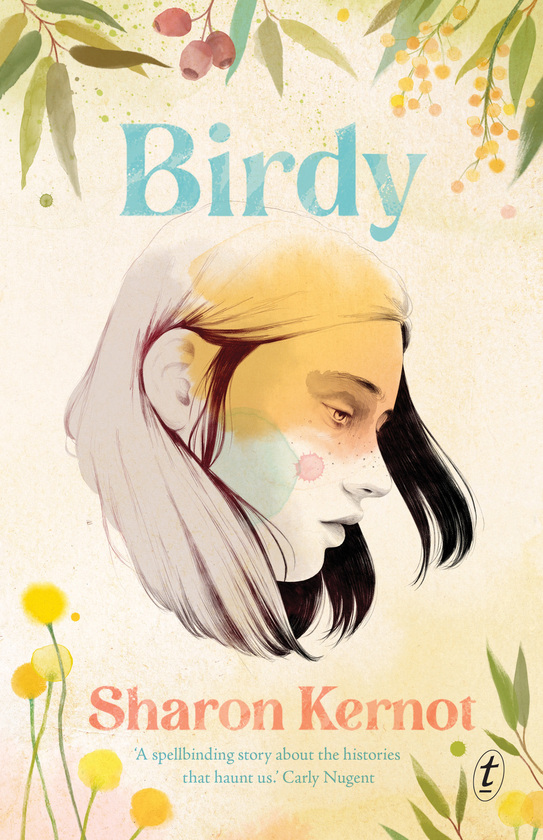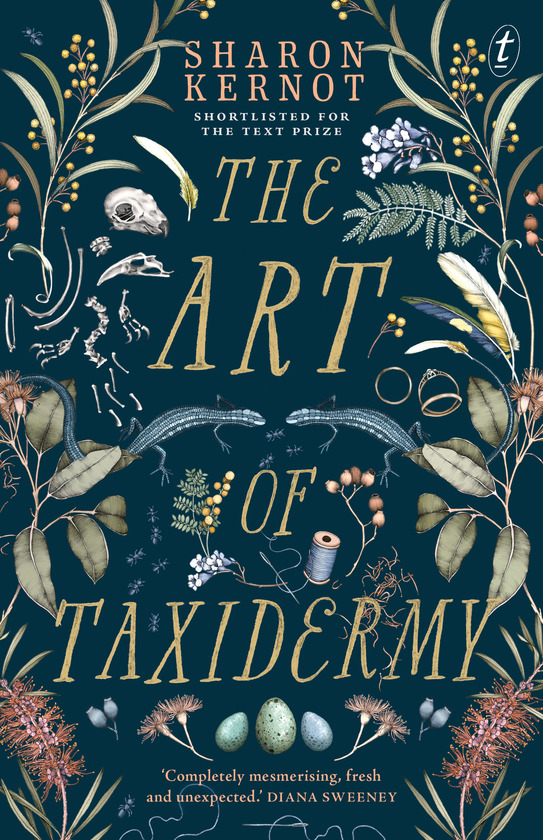
BIRDY by SHARON KERNOT
(Text Publishing)
Sharon Kernot has now written and published two high quality YA verse novels. 2018’s The Art of Taxidermy is multi-awarded (see link at the end of this piece to my notes about it on the blog) and her new book, Birdy, shares some of the first novel’s distinctive thematic and symbolic concerns.
Sharon Kernot has become a pivotal contributor to the canon of Australian verse novels.
Guest author post by Sharon Kernot about her new YA verse novel, Birdy, for Joy in Books at PaperbarkWords blog
Loss, longing, and the importance of landscape and the natural world were constant companions in my young life and so perhaps it’s not surprising that these themes are present in the lives of the characters in my verse novels. When I’m writing for a younger audience, I’m in some ways inhabiting my younger self, and so my interests and the world I lived in back then become a kind of focal point, an emotional lens, through which I write the setting, the characters and their particular challenges and interests.
Looking back, both my parents were shipped away from their homes at the age of 14. They met here in Australia, at a migrant hostel, and married a few years later. They were very young. Both were grieving for their homelands and for family left behind. World War II had ended and there was the promise of a fresh start in a new country. But that deep sense of loss carried through my childhood, imbued it probably with its own sense of grief and longing.
My mother was especially homesick for England. She missed her family – her siblings, aunts, uncles, cousins – and she missed the landscape – the viridian green, the softy cloudy skies, the flowers, manicured lawns, Victorian buildings and thatched cottages. South Australia with its grey-green eucalypts, its dry, unrelenting heat, infinite blue skies, biting insects, raucous birds, strange marsupials and preponderance of corrugated iron could not be further from what she’d grown up with. To her this new life was, in many ways, an unfair trade.
But, there was also a deep sense of curiosity for this new place that both my father and mother possessed, and so we were very much an outdoorsy family. Probably most were back then. But where many families went to the beach or the park and played cricket or kicked a football, we went for long drives through the hills, or to my uncle’s farm, or to national parks. We walked, we picnicked, we explored the landscape. We had our individual interests. My younger brother was a budding ornithologist, my older brother was interested in rocks and geology, my father loved trees and plants and gardening, my mother loved flowers and painting, and I loved, still love, animals. I particularly loved horses back then and also spent much of my free time at the local stables brushing, feeding, watering and riding horses.
Over the years, I spent less time in nature, and more time reading, watching television, working and writing. And these days, I spend too much time connected to the internet and less time connected with the natural world. But always there’s that sense of relief and joy when being outside in nature. And the protagonists in my verse novels feel the same. They spend a lot of their time exploring the landscape. Lottie through choice and Maddy through necessity. Both of them are grieving their particular losses of family, of friendship, of identity, and the landscape with its array of trees and plants, animals, insects, birds and reptiles allow them to connect with life on a different level where there is comfort, relief and joy.

My review and suggested activities about Sharon Kernot’s The Art of Taxidermy at Paperbark Words blog.
